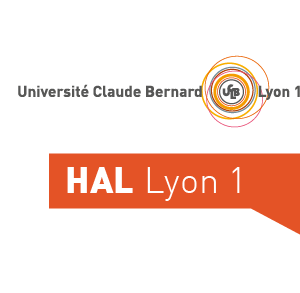Fusogenic membrane glycoproteins induce syncytia formation and death in vitro and in vivo: a potential therapy agent for lung cancer
Résumé
Fusogenic membrane glycoproteins (FMGs) are viral envelope proteins, which bind surface receptors and induce fusion of the cell membrane. An FMG-transfected cell will fuse with neighbor cells, thus forming syncytia that die within 5 days. In this report, plasmids encoding for FMGs from Human Endogenous Retrovirus-W (HERV-W) was compared with Gibbon Ape Leukemia Virus (GALV) and feline endogenous virus RD-114 (RD). These plasmids were transfected in human non-small-cell lung cancer (NSCLC) cells in vitro or directly injected into tumors in mice. All FMGs induced the formation of syncytia containing around 50 cells. HERV-W or GALV FMGs decreased up to 80% of cell viability in vitro and inhibited tumor growth in vivo (60-70% reduction). In contrast, RD FMG was not efficient. Apoptosis played a role in the death of the syncytia, but addition of the caspase inhibitor Z-VAD-fmk had no effect, suggesting that apoptosis is not the only mechanism responsible for FMG-induced cell death. Altogether, our results demonstrate that even at very low transfection efficiency, the antitumor activity of HERV-W FMG is as effective as that of GALV in vitro and in vivo for the treatment of human lung tumors.
Mots clés
Humans
Female
Animals
Mice
Viral Fusion Proteins
Cultured
Tumor Cells
Genetic
Cats
Genetic Vectors
Carcinoma
Promoter Regions
Transfection
Apoptosis
Plasmids
Bystander Effect
Endogenous Retroviruses
Feline
Giant Cells
Gibbon Ape
Leukemia Virus
Lung Neoplasms
Non-Small-Cell Lung
Oncolytic Virotherapy
Xenograft Model Antitumor Assays
